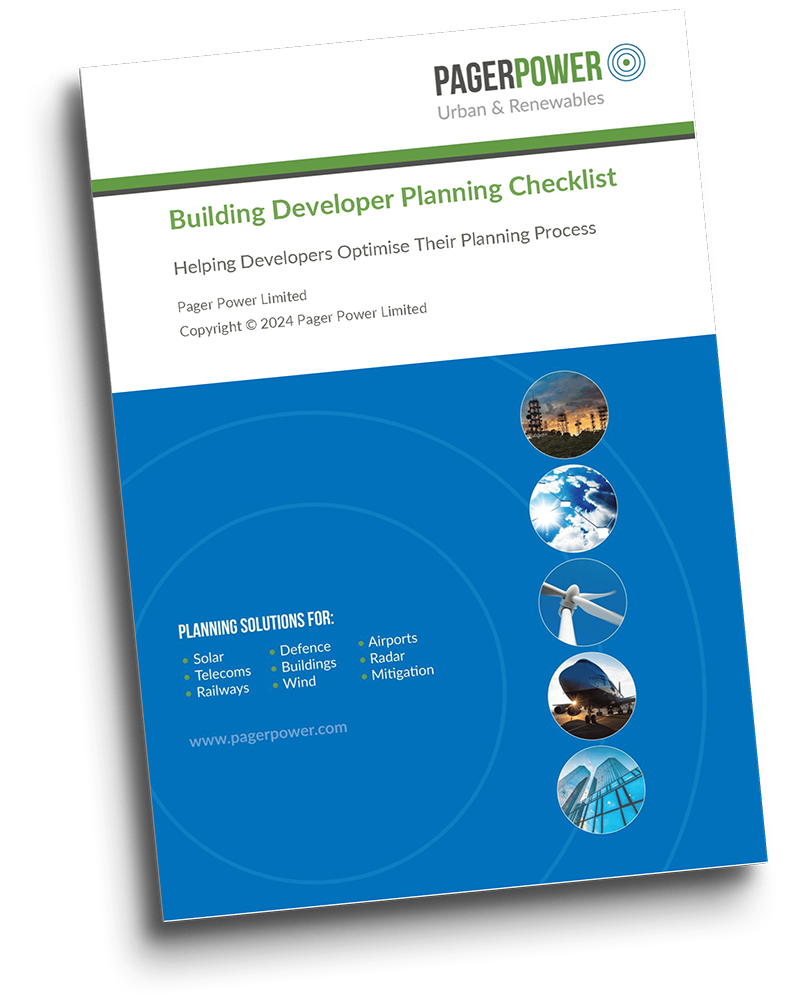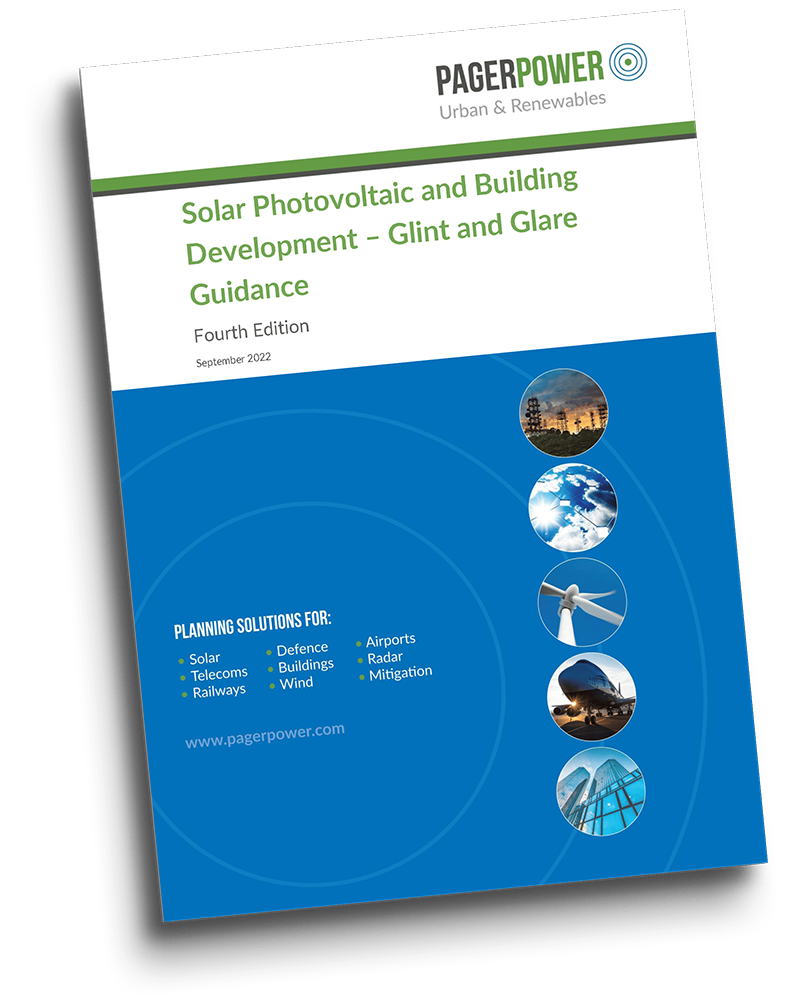Fireworks and Flight Paths: The Safety Concerns for Aviation Activity

The last quarter of the year celebrates Diwali, Halloween, Guy Fawkes Night all before New Year celebrations; a period that often sees the skies lit up with firework displays. Amongst the dazzling lights, what is the potential impact of fireworks upon aviation activity?
Guidance
The Civil Aviation Authority (CAA) have published Civil Aviation Publication (CAP) 736 in 2011, entitled ‘Operation of Directed Light, Fireworks, Toy Balloons and Sky Lanterns within UK Airspace’, which outlines the risks and actions to take when planning an event featuring fireworks.
The most extravagant fireworks can reach heights of 1,300ft above the ground, and therefore pose the most significant risk to aircraft taking off and coming in to land. The general area of concern is defined [1] as:
a) within three nautical miles of an aerodrome’s notified Aerodrome Reference Point (ARP) or similar; or
b) within ten nautical miles of the notified ARP along the track of the extended runway centreline and 500 metres either side of said centreline.’
In the event a display is planned within the defined areas, organisers are required to notify and consult the CAA via the Airspace Co-ordination and Obstacle Management portal.
Risks
Lights as bright as fireworks pose a potential risk by dazzling/blinding pilots, and the physical aircraft by physically interacting with the aircraft. The Air Navigation Order (ANO) includes articles 221 and 222, which outline [2] that a ‘person must not exhibit in the United Kingdom any light which: (a) by reason of its glare is liable to endanger aircraft taking off from or landing at an aerodrome’ and ‘must not in the United Kingdom direct or shine any light at any aircraft in flight so as to dazzle or distract the pilot of the aircraft’.
It also understood that the unexpected and sudden visual explosion and loud sound of certain fireworks has potential to also shock a pilot.
Mitigation Measures
Once a firework display within a sensitive area is approved by the CAA, the following measures can be implemented for pilots:
- NOTAMs (Notice to Aviation) are notices issued by the CAA to inform airspace users about aeronautical facilities, services, procedures and hazards [3]
- Air Traffic Services can inform pilots on approach and departure of potential hazards
- In some cases, a diversion to scheduled routes can be adopted
Further information can be found via the CAA website.
About Pager Power
Pager Power can provide assistance for aviation concerns for renewable energy developments and tall buildings by providing technical assessments for glint and glare, aviation safeguarding assessments, and more. For further information, please visit our website.
References
Image accreditation: Getty Images from Unsplash.com+. Last accessed on 3rd November 2025. Available at: https://unsplash.com/photos/crowd-watching-fireworks-and-celebrating-new-year-eve-PzuGo50ICsw
[1] CAP 736 – Operation of Directed Light, Fireworks, Toy Balloons and Sky Lanterns within UK Airspace
[2] CAP 393 – Air Navigation: The Order and Regulations






